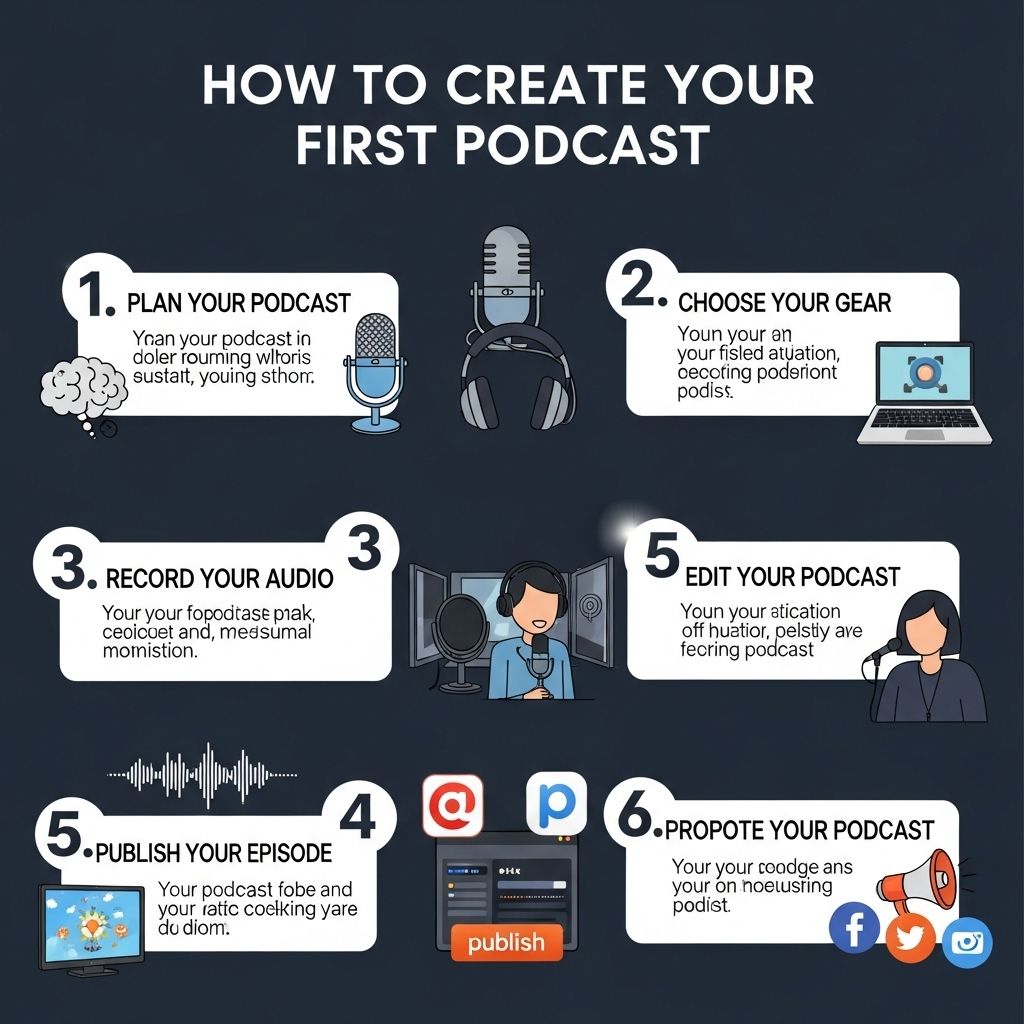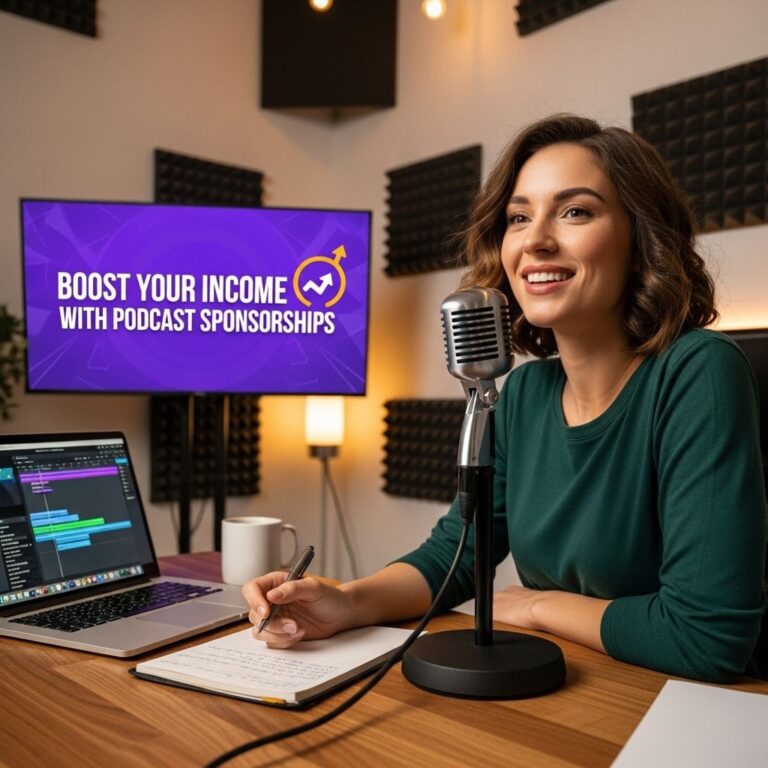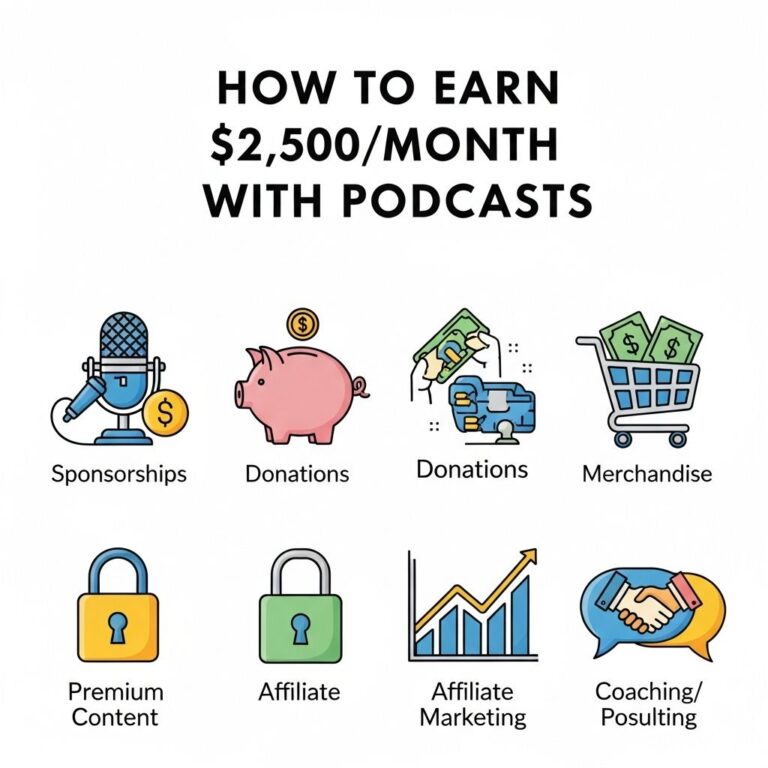In the rapidly evolving world of digital content, podcasts have emerged as one of the most engaging formats. They allow creators to connect with audiences on a personal level, providing a platform for storytelling, education, and entertainment. If you’re looking to dive into the world of podcasting, this guide will walk you through the essential steps to create your first podcast.
Table of Contents
Understanding the Basics of Podcasting
Before embarking on your podcasting journey, it’s crucial to understand what a podcast is and how it functions. A podcast is essentially a series of spoken-word content, typically available as audio files for streaming or download. This format makes it accessible for listeners who enjoy consuming content on-the-go.
Why Start a Podcast?
- Reach a Wider Audience: Podcasts can reach listeners globally.
- Showcase Your Expertise: They provide a platform to share knowledge or insights in a specific niche.
- Build a Community: Podcasts can foster a loyal listener base.
- Monetization Opportunities: With growing popularity, there are many ways to monetize your podcast.
Preparing to Launch Your Podcast
Once you understand the basics, it’s time to dive into the preparation phase. This involves several key steps that will set the foundation for your podcast.
Choosing Your Podcast Format
Deciding on the format of your podcast is crucial. Here are some common formats:
| Format | Description |
|---|---|
| Interview | Featuring guests who share insights on a topic. |
| Solo | Hosted by a single person discussing various subjects. |
| Co-hosted | Two or more hosts having discussions. |
| Documentary | In-depth storytelling style covering specific topics. |
| Panel | A group discussion with multiple participants. |
Defining Your Target Audience
Identifying your target audience is vital for your podcast’s success. Consider the following:
- What age group are you targeting?
- What are their interests?
- What challenges do they face that your podcast could address?
Creating Compelling Content
Content is king in the podcasting world. Here’s how to create engaging episodes that resonate with your audience.
Developing Episode Ideas
Create a list of potential episode topics that align with your podcast theme. Consider using tools like Google Trends or social media insights to gauge what topics are currently popular in your niche.
Writing a Script or Outline
While some podcasters prefer to speak off the cuff, having a script or outline can help keep your episodes structured and focused. Here’s a simple structure you might consider:
- Introduction: Briefly introduce the episode topic and yourself.
- Main Content: Dive into the topic, providing valuable insights.
- Q&A or Discussion: Engage listeners with questions or discussions.
- Conclusion: Summarize key points and mention the next episode.
Recording Your Podcast
With a solid content plan in place, you can move on to recording your podcast. Choosing the right equipment and software is essential to ensure high audio quality.
Essential Equipment
- Microphone: Invest in a good quality microphone to capture clear audio.
- Headphones: Use closed-back headphones to monitor audio during recording.
- Audio Interface: If you’re using an XLR microphone, an audio interface will be necessary.
- Recording Software: Software like Audacity or Adobe Audition can be used for recording and editing.
Recording Tips
- Find a quiet space to minimize background noise.
- Do a test recording to check audio levels.
- Keep your distance from the microphone consistent.
- Speak clearly and at a steady pace.
Edit and Enhance Your Podcast
After recording, the next step is editing your audio files. Editing is crucial to ensure a polished final product.
Editing Software Options
- Audacity: A free and open-source audio editing software.
- GarageBand: A user-friendly option for Mac users.
- Adobe Audition: A professional-grade audio editing tool.
Editing Tips
While editing, consider the following:
- Remove dead air and filler words.
- Add background music or sound effects to enhance the listening experience.
- Ensure consistent audio levels throughout the episode.
Publishing Your Podcast
Once your podcast episode is edited, it’s time to publish it online. This involves selecting a podcast hosting platform and distributing your content.
Choosing a Podcast Hosting Platform
There are various hosting services available, including:
| Hosting Service | Features |
|---|---|
| Libsyn | Reliable service with advanced analytics. |
| Podbean | User-friendly interface and monetization options. |
| Anchor | Free hosting with built-in monetization tools. |
Submitting to Directories
After uploading your episode, submit your podcast to directories like:
- Apple Podcasts
- Spotify
- Google Podcasts
- Stitcher
Promoting Your Podcast
Promotion is key to growing your audience. Here are effective strategies to consider:
Utilize Social Media
Share episode highlights, quotes, and behind-the-scenes content on social media platforms.
Engage with Your Audience
Encourage listener feedback and engage through email newsletters or social media.
Collaborate with Other Podcasters
Guest on other podcasts or invite guests from other shows to reach new audiences.
Measuring Success
Once your podcast is launched, it’s important to track its performance to understand what works and what could be improved.
Using Analytics
Most hosting platforms provide analytics tools to track:
- Number of downloads
- Listener demographics
- Retention rates
Listener Feedback
Encourage listeners to leave reviews and feedback to gain insights into their preferences.
Conclusion
Creating your first podcast is a rewarding endeavor that requires preparation, creativity, and dedication. By following the steps outlined in this guide, you’ll be well on your way to producing engaging podcast content that resonates with your audience. Embrace the learning process and enjoy the journey of connecting with listeners around the world.
FAQ
What equipment do I need to create my first podcast?
To create your first podcast, you’ll need a good quality microphone, headphones, and audio recording software. A pop filter and soundproofing materials can also enhance your audio quality.
How do I choose a topic for my podcast?
Choose a topic you are passionate about and that has an audience. Research popular themes in your niche and consider what unique perspective you can offer.
What is the best podcast hosting platform?
Some of the best podcast hosting platforms include Libsyn, Podbean, and Anchor. Choose one based on pricing, features, and ease of use.
How do I edit my podcast episodes?
You can edit your podcast episodes using software like Audacity, GarageBand, or Adobe Audition. These tools allow you to cut out mistakes and enhance audio quality.
How can I promote my podcast effectively?
Promote your podcast through social media, collaborations with other podcasters, email newsletters, and by leveraging SEO strategies to reach a wider audience.
How can I monetize my podcast?
You can monetize your podcast through sponsorships, listener donations, merchandise sales, and premium content subscriptions.





